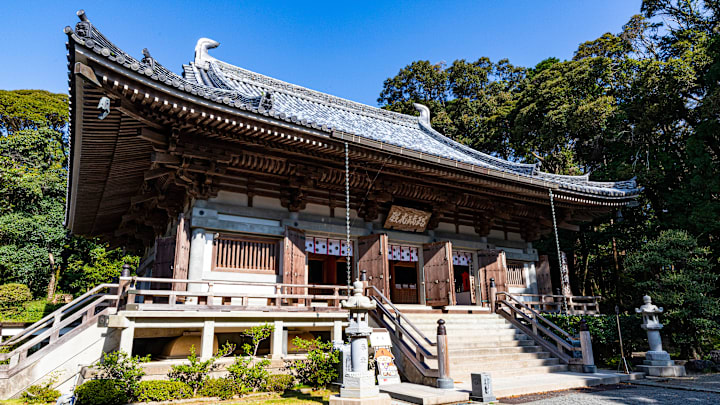Modern humans arrived in Japan approximately 38,000 years ago, marking the earliest beginnings of one of the world's greatest civilizations. Now, Japan's culture is revered around the world, leading to more than 25 million visitors traveling to this island nation each year.
Planning a trip to Japan can seem like an insurmountable task. There's so much to see and do depending on which part you're heading for. Heading to Tokyo is a completely different experience from spending time in the prefecture of Hokkaido. Both are amazing, of course.
If you're looking for a unique experience that nourishes the soul while sating your adventure bug, consider the Shikoku Pilgrimage. It provides an angle on Japan that few tourists find, one that allows you to share in the country's deep cultural roots.
What is the Shikoku Pilgrimage?
The island of Shikoku is in Southern Japan, near cities like Kyoto, Osaka, and Hiroshima. Out of the four main islands that make up Japan, this is the smallest of them as well as the least populated. But that makes it quite special among those same islands.
Because of its relative isolation, some traditions the rest of the country has left behind have been maintained. One of those traditions is the 88-temple Shikoku Pilgrimage that traces the path forged by the Buddhist priest Kukai who lived from 775 to 835.

Pilgrims who follow the path perform rites at each of the temples along the path. These rites include offerings, prayers, and more. While personal reasons vary greatly, the ultimate purpose of the pilgrimage is to reflect on your life and to change for the better.
Each year, roughly 150,000 pilgrims, or henro, attempt sections of the pilgrimage. This group is a mixture of Japanese people who follow the pilgrimage to reconnect with their past or for religious reasons as well as a growing number of foreign tourists.
Committing to the path
Keep in mind that the Shikoku Pilgrimage is roughly 1,200 kilometers long so it's rare that people complete it in one shot. That can take 30 to 60 days. Many people complete stages at different times, making an annual tradition out of it. That's part of knowing what you're getting into.
Henro often wear white shirts, use specific walking sticks, and wear prayer beads. You should also bring incense for prayers and coins for offerings as well as a booklet to collect stamps and seals from each of the temples. Make sure you research the rites you'll need to complete along the way.

There are traditional family guest houses along the path that provide places to eat and sleep. Modern incarnations of the pilgrimage also include transportation options like taxis and buses between temples. If you want to experience everything Shikoku has to offer, definitely do it on foot.
Following the Shikoku Pilgrimage offers so much more than regular tourism has to offer. This is an opportunity to connect with Japan's history, and to find a rich piece of this country's heritage. And it's the kind of experience that can let you reflect on yourself and maybe even grow a little.
